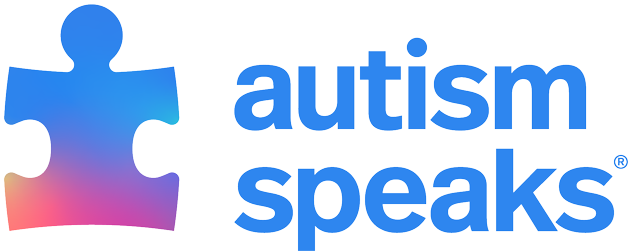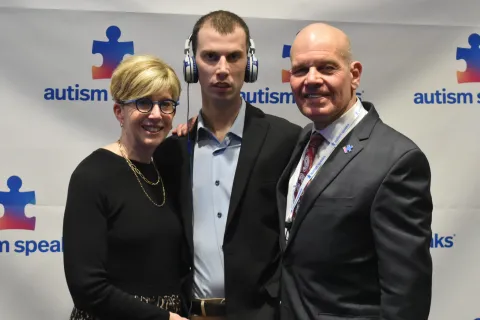Planning for a crisis
Challenging Behaviors Tool Kit
Generally, when a child is engaged in the active, disruptive stage of a behavior, such as a tantrum or aggression, the essential focus has to be on the safety of the individual, those around them, and the protection of property. It is important to keep in mind that when they are in full meltdown mode, they are not capable of reasoning, being redirected, or learning replacement skills. However, this level of agitation does not usually come out of thin air. You can learn skills to help anticipate and turn around an escalating situation that seems to be headed in this direction.
How to create a crisis plan
Preparation and strategies for coping and staying safe in crisis situations is essential. Crisis plans should be developed together with the team and the family. A well-designed crisis plan will include:
- Defined setting events, triggers or signs that a crisis situation might develop
- Tools and strategies for keeping the individual and those around them safe in any setting (school, home, community)
- Intervention steps and procedures promoting de-escalation that are paired at each level with increasing levels of agitation
- Lists of things to do and NOT to do specific to the history, fears and needs of the individual
- Hands on training and practice for caregivers and staff
- Data collection and monitoring for continued re-evaluation of the effectiveness of the plan
- Knowledge of the best prepared facility if hospitalization or an Emergency Room visit might be necessary
- Secured guardianship if your child is above age 18 and you need to continue to make decisions for them
Providers and families who have experienced crisis highlight the need to maintain safety first and foremost. This is not the time to teach, make demands or to shape behavior.
Know ways to calm an escalating situation
- Be on alert for triggers and warning signs.
- Try to reduce stressors by removing distracting elements, going to a less stressful place or providing a calming activity or object.
- Remain calm, as their behavior is likely to trigger emotions in you.
- Be gentle and patient.
- Give them space.
- Provide clear directions and use simple language.
- Focus on returning to a calm, ready state by allowing time in a quiet, relaxation-promoting activity.
- Praise attempts to self-regulate and the use of strategies such as deep breathing.
- Discuss the situation or teach alternate and more appropriate responses once calm has been achieved.
- Debrief with the individual, as well as the team, to prepare for increased awareness of triggers and strategies for self-regulation in future experiences.
For more about preparing for crisis situations, download the Autism Speaks Challenging Behaviors Tool Kit.








